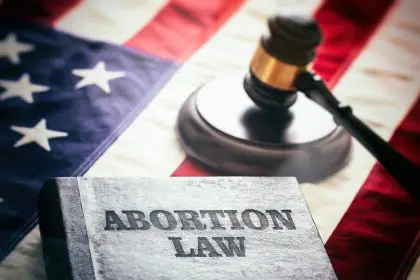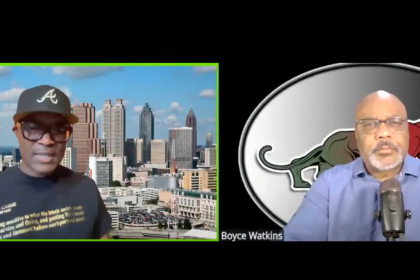
Sex trafficking is an issue that is becoming more prevalent as the economy worsens and opportunities decrease. From girls walking the streets to hustling on social media platforms, it shows no sign of decreasing. Here are nine things you didn’t know about sex trafficking.
Atlanta is the top city for sex trafficking for minors.
While looking at factors that might account for Atlanta’s high rank regarding sex trafficking, it is important to understand that Atlanta is home to the world’s busiest airport and is geographically located within numerous major interstates. Atlanta also has a robust convention industry that attracts many business travelers throughout the year. In addition, it is important to understand that Atlanta’s law enforcement community and its non-governmental partners have, collectively, recognized this as a problem and have implemented one of the largest child exploitation task forces in the country with dedicated agents and detectives who aggressively seek to recover children and prosecute their exploiters. Those aggressive law enforcement efforts put the spotlight squarely on this issue and could have the effect of giving the impression that this activity is more prevalent in Atlanta over another city that might not be addressing the issue. Every city has prostitution in some frequency. The key is to attack the problem with as many resources as are available.
Girls get into the sex trade in different ways.
- Friends or family influence
- Boredom (they see this as something exciting and new)
- To afford a drug habit
- “Boyfriend” tricks them into believing they will do it for the boyfriend if they love them
- Gang initiation
Sex trafficking generates millions depending on the city.
In a 2014 report, the Urban Institute estimated that the underground sex economy ranged from $39.9 million in Denver, Colorado, to $290 million in Atlanta, Georgia.
Childhood sexual abuse is the leading indicator for possibly being trafficked in the sex trade.
Many children enter the sex trade between the ages of 11-14 but their sexual experience can start much earlier. According to Tina Frundt, the founder of anti-trafficking non-profit group Courtney’s house, “Sexually exploitive situations began usually between the ages of 6-10 as child abuse.” Between 70-90 percent of trafficked children have a history of childhood sexual abuse and family dysfunction.
Women are buyers and traffickers, as well
According to a study done by the John Jay College of Criminal Justice on “Commercial Sexual Exploitation of Children, “ women are a big factor in the sex trade as customers. It was estimated that 40 percent of boys and 11 percent of the girls surveyed said that they had served a female client, with 13 percent of the boys exclusively serving female clients. Reports have indicated that women make up 35-40 percent of sex traffickers.
Websites such as Craigslist and Backpage are the Cyber Street Corner for sex traffickers.
These websites make it easy for sex traffickers to market their victims to prospective customers. At any time of the day, a person can refine their search to their part of town and choose from a large selection of women. The ad often includes a graphic image and age; and rates are called donations or roses. The police often try to run stings on customers and those selling sex online. During the 2013 Final Four basketball tournament in Atlanta, the FBI “recovered seven juveniles, arrested five pimps and disrupted their criminal prostitution enterprise.”
Blacks make up the highest percentage of those trafficked.
According to the FBI, 40.4 percent of sex trafficking victims were Black. This is almost four times higher than the percentage of Blacks living in the US. The FBI also states that Black children under the age of 18 make up 55 percent of prostitution arrests in the country.
There have been an estimated 85 murders tied to online sex ads on Craigslist.
Advertising sex on Craigslist is dangerous for those responding and selling. According to the media outlet Law Street Media, “Law Street identified 58 murderers and 45 murder victims connected to Craigslist postings through last June. Twenty-two murder cases are still pending. The oldest pending case dates to 2012, and eight are from 2014, indications that the killings continue. Craigslist did not reply to multiple inquiries.”
The internet has increased child sex trafficking and exploitation.
- 5.4M reports related to child sexual exploitation have been made to The National Center for Missing and Exploited Children’s CyberTipline since its inception.
- NCMEC reviewed 22 million images and videos of suspected child sexual abuse imagery in its victim identification program in 2013 — more than a 5000% increase from 2007.
- 42% of “sextortion” victims met their perpetrators online.
















